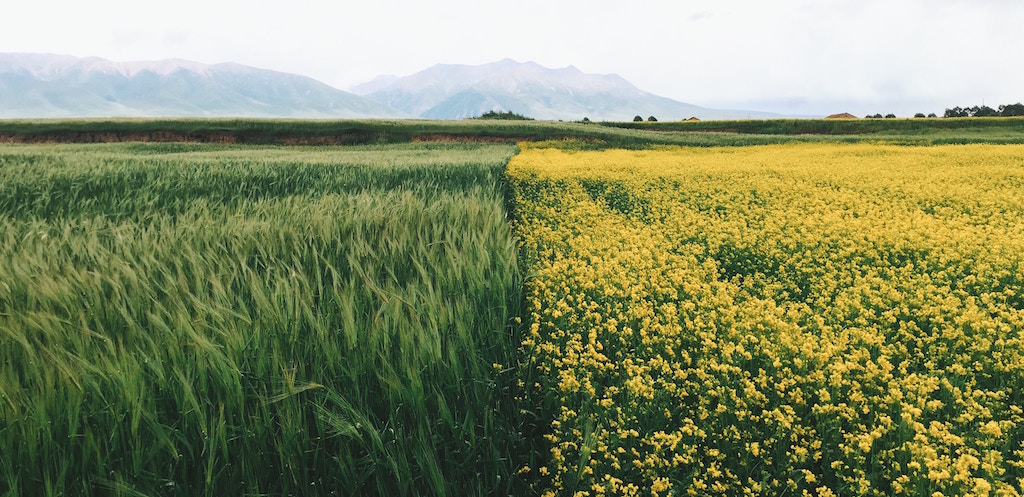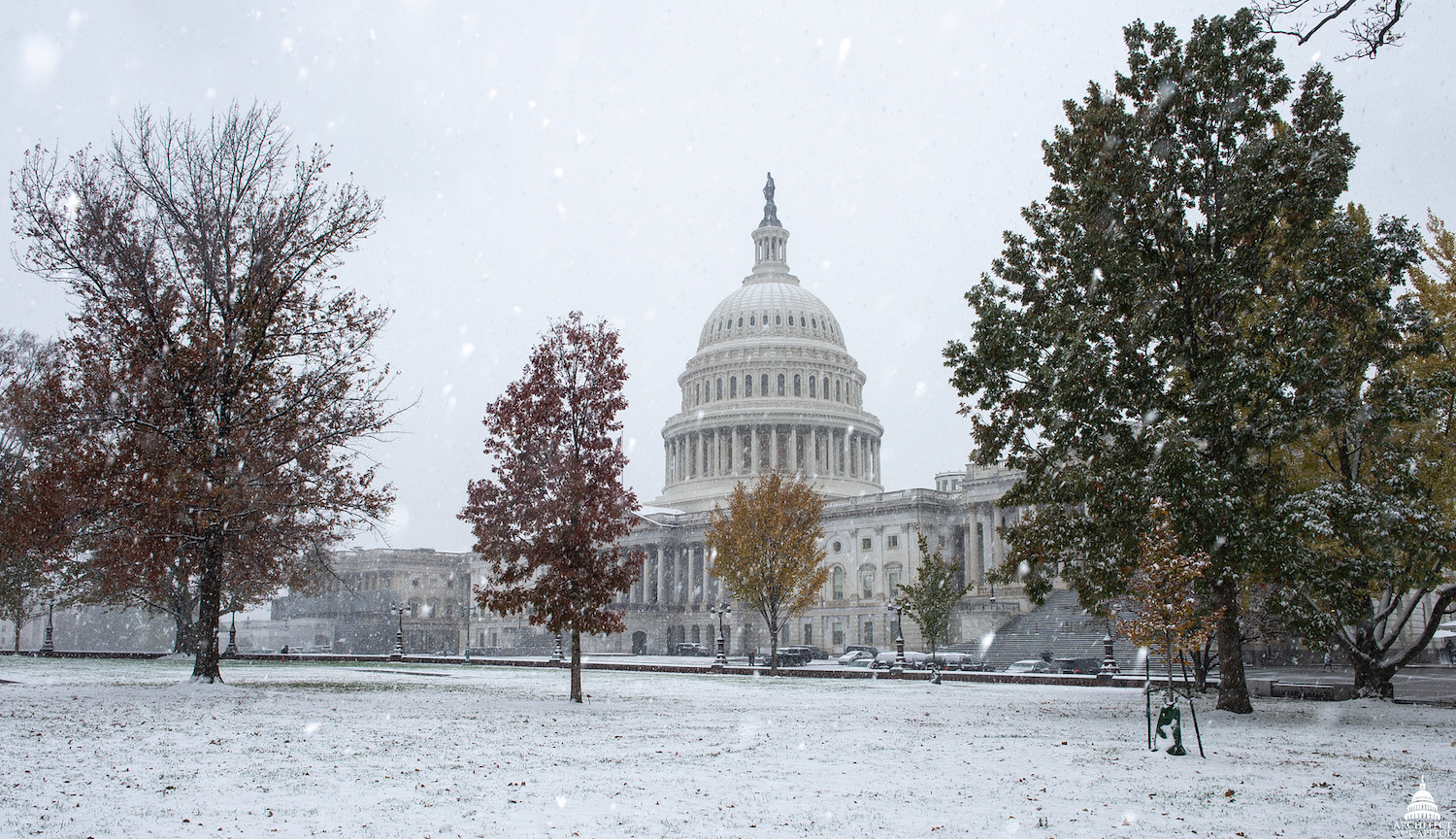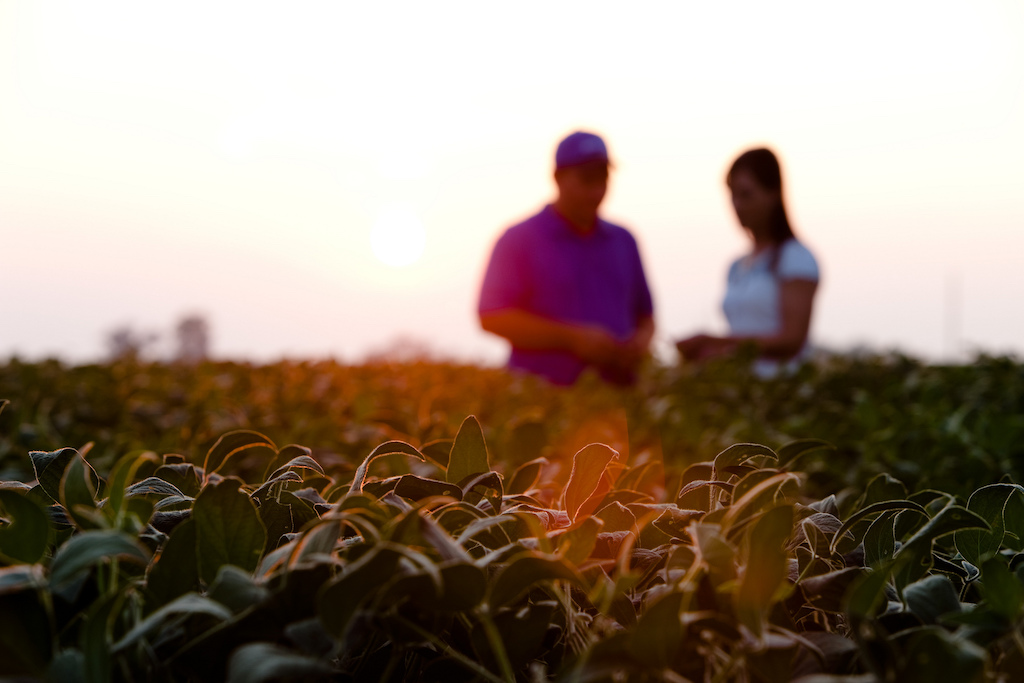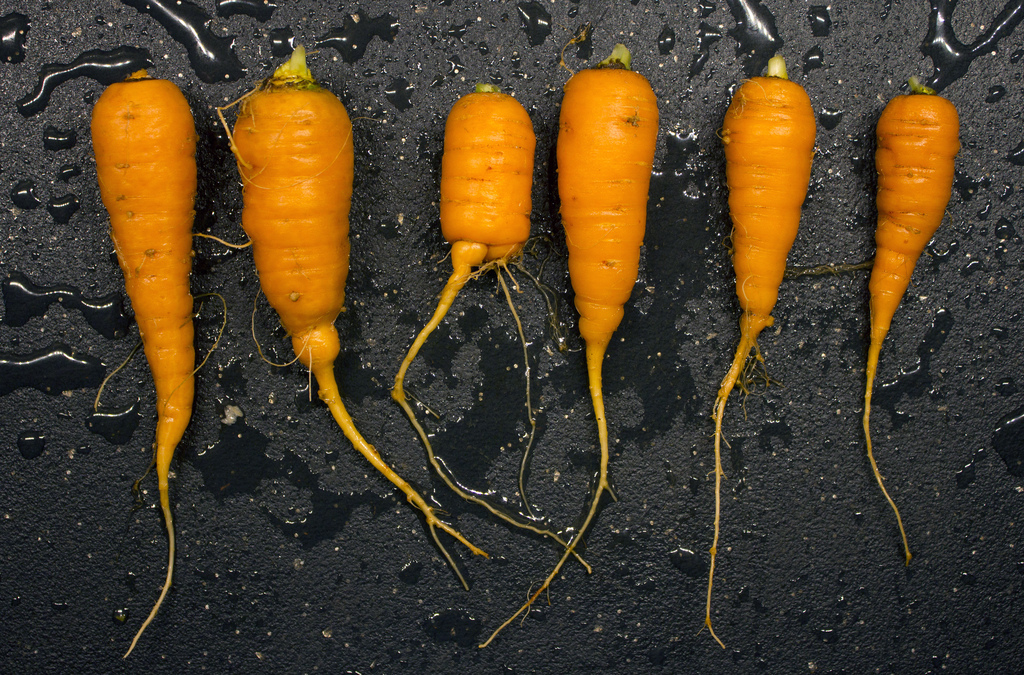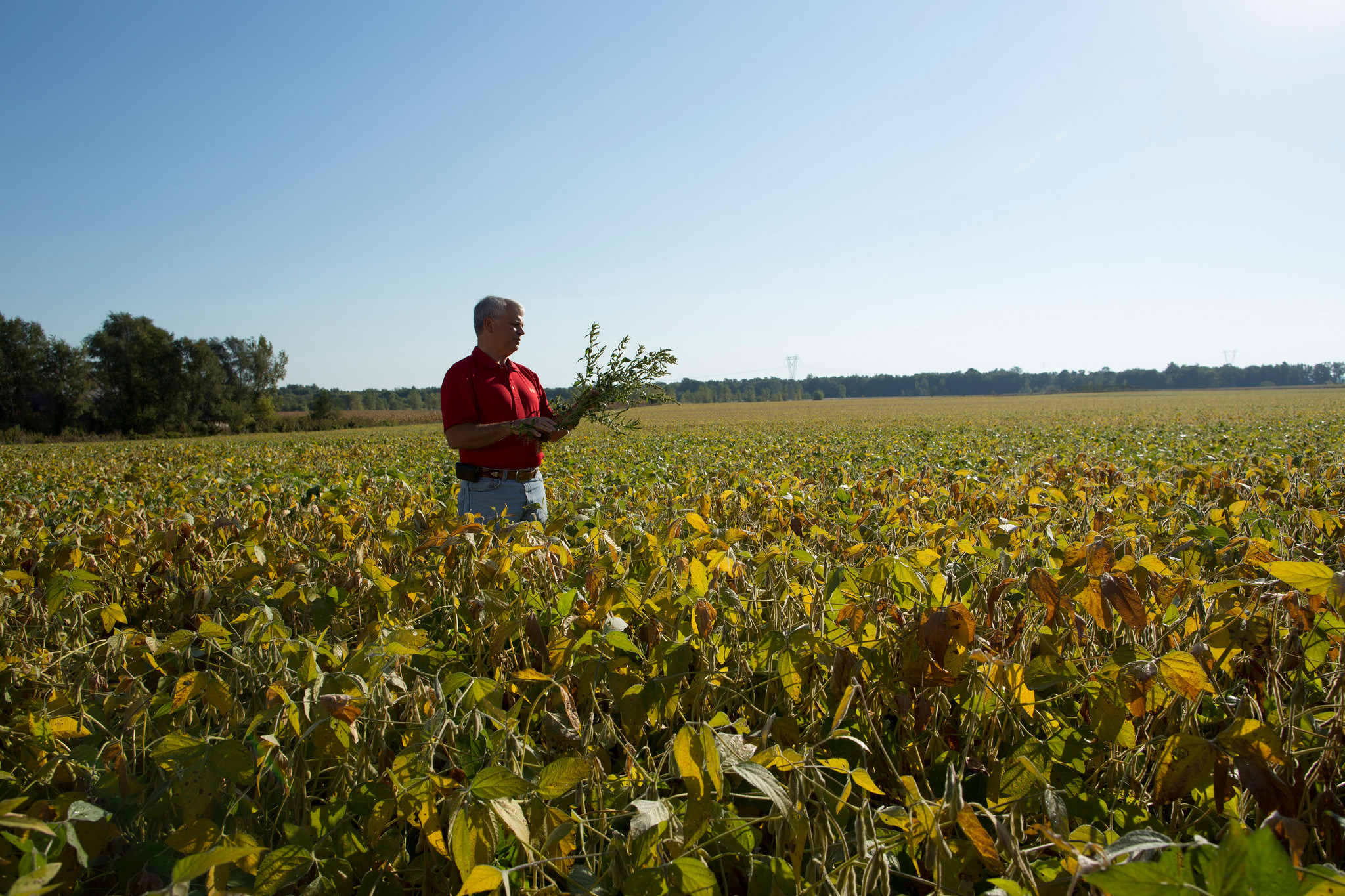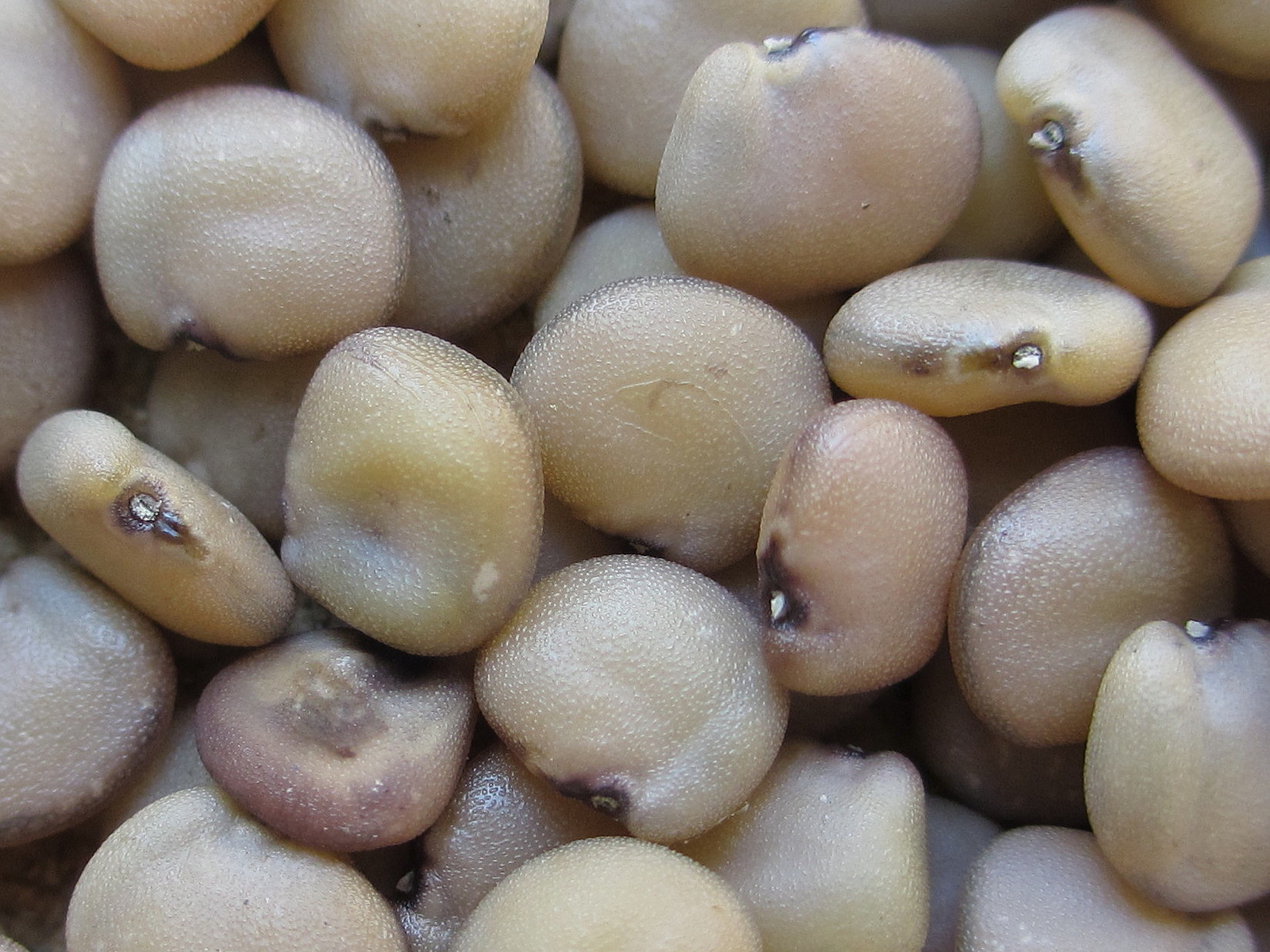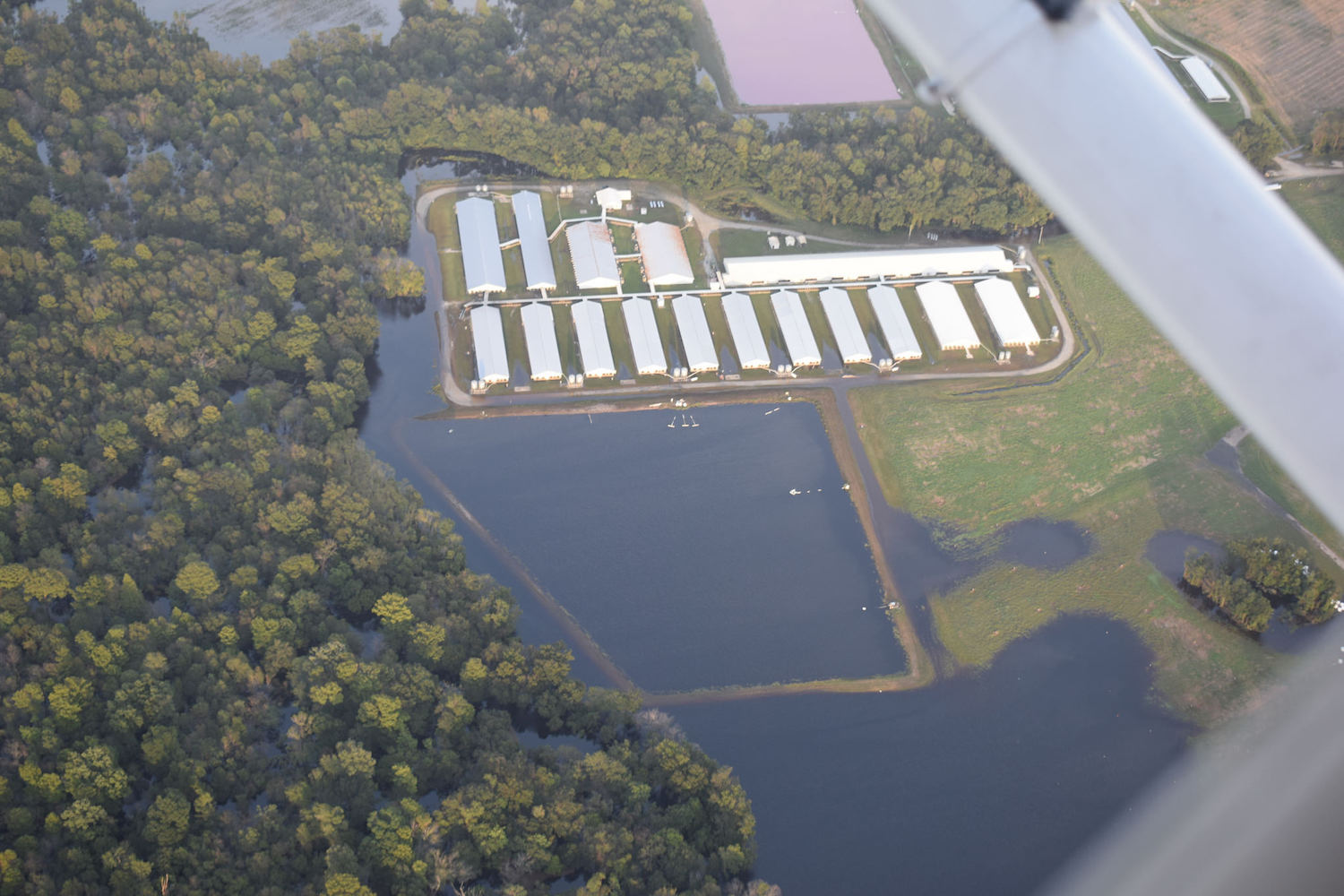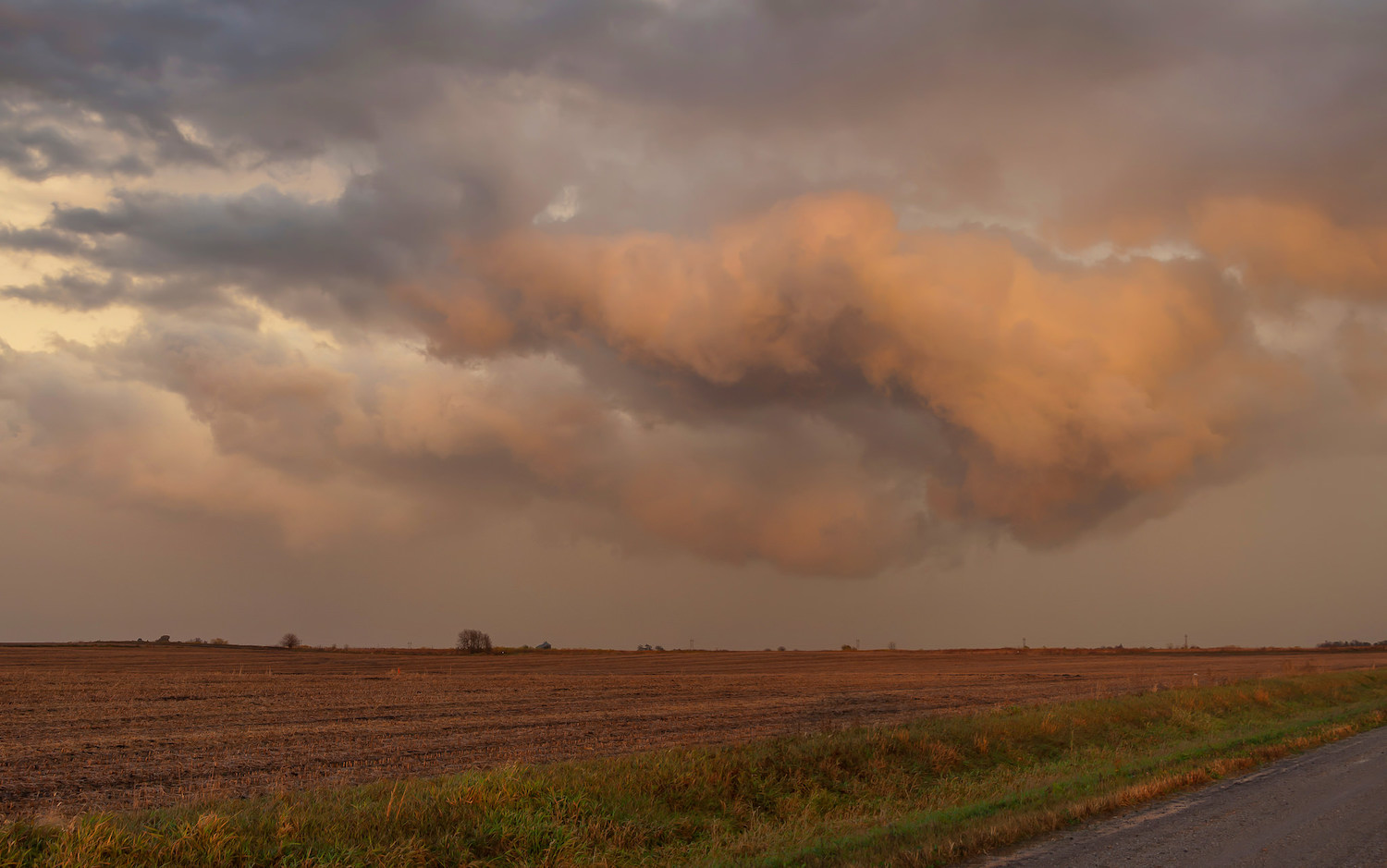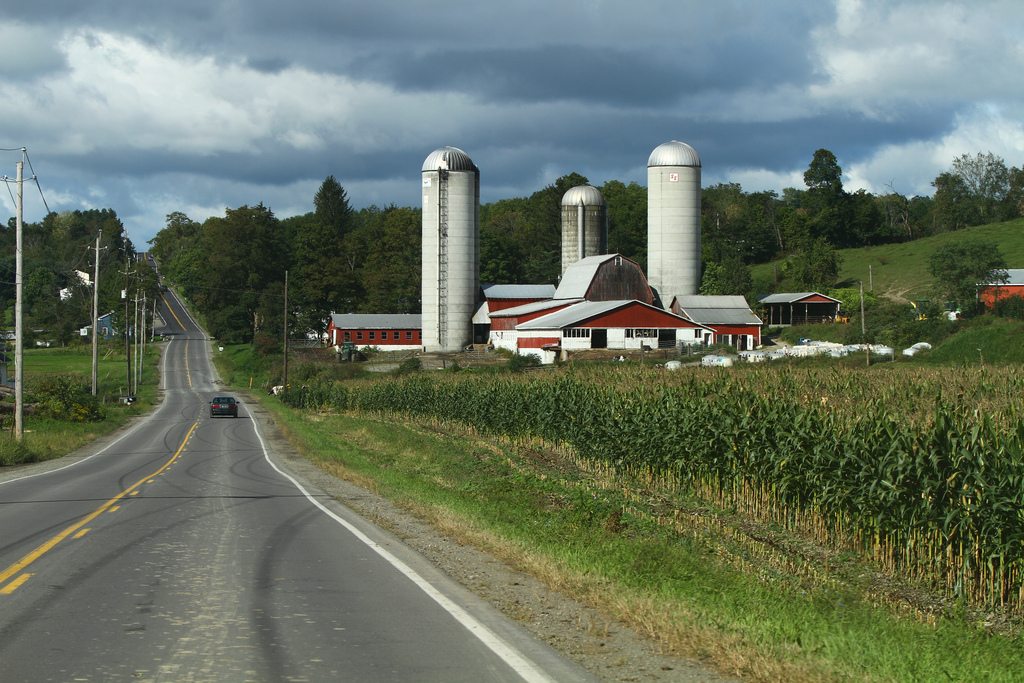
KC McGinnis
Friday marks the 28th day of the partial government shutdown that began on December 22, 2018.
As we’ve reported, the shutdown—prompted by a power struggle between the Trump White House and Congressional Democrats over funding for a border wall—has cost hundreds of thousands of furloughed federal workers their economic security. But the financial impacts of the shutdown aren’t exclusive to them. Native communities face food shortages as federal funds that support food pantries dry out. Food safety inspections are hamstrung except in the cases of high-risk recalls. And Texas lawmakers are fearful that Trump may soon authorize funds earmarked for Hurricane Harvey relief to build the wall.
The United States Department of Agriculture (USDA) on Thursday reopened half of its Farm Service Agency (FSA) offices for a brief, three-day period to help farmers handle existing loans and provide them with tax documents. We sent photographer KC McGinnis to an office in Williamsburg, Iowa to ask farmers how the intractable government gridlock 900 miles away looks and feels from where they stand. Some told McGinnis they were more confident than others about their ability to withstand the effects of the shutdown, but they all shared concerns about the detrimental effects of a no-end-in-sight standoff.
Here are their responses, in their own words.
—The editors
 KC McGinnis
KC McGinnis The U.S. Department of Agriculture Farm Service Agency office in Williamsburg, Iowa
 KC McGinnis
KC McGinnis Lonny Tanner from Ladora, Iowa came to the office to submit paperwork for a Market Facilitation Program payment toward his 2018 soybean crop, which was affected by China’s 25 percent tariff on U.S. soybeans in 2018. “It’s a Trump bump,” he said on the program, laughing. “We all want our checks out at the first of the year,” he said, noting that he suspects his 2,000-acre farm business could withstand financial issues brought about by the government shutdown for up to six months. “The bankers will work with us,” he said. “They’ll make it work.”
 KC McGinnis
KC McGinnis A sign on the door outside the FSA office, which reopened for just three days on Thursday
 KC McGinnis
KC McGinnis Jacob Roberts from Marengo, Iowa with his dog, Winston. Roberts came to the office get a check signed so he could sell his soybeans and finish paying off his rent. Roberts, who also has a full-time job off the farm, estimates he could make it through half the year without FSA services for his 35.99-acre farm. He is also waiting on a loan application to pay for chemicals for his 2019 crop
 KC McGinnis
KC McGinnis “I thought I could sign up for my bean money,” said Paul Werner from Williamsburg, Iowa, referring to funds he hoped to be able to receive toward his 2,000-acre soybean crop. When asked if the shutdown would affect his business in 2019, he said, “Not yet, but it probably will.”
 KC McGinnis
KC McGinnis An American flag waves outside the U.S. Department of Agriculture Farm Service Agency office
